BRICS and Opportunities for Connectivity Among Developing Economies
The BRICS countries doubled from USD 113 billion in 2018-19 to USD 226 billion in 2024-25 and with BRICS + countries, total trade increased from USD 250 billion in 2018-19 to USD 402 billion in 2024-25. Going ahead, India’s leadership in areas such as digital public infrastructure, fintech, and pharmaceuticals positions it well to be a driver of innovation inBRICS nations. With the growing complementarities with BRICS+ nations, India’s trade has potential to double in the next 5 years by 2030.
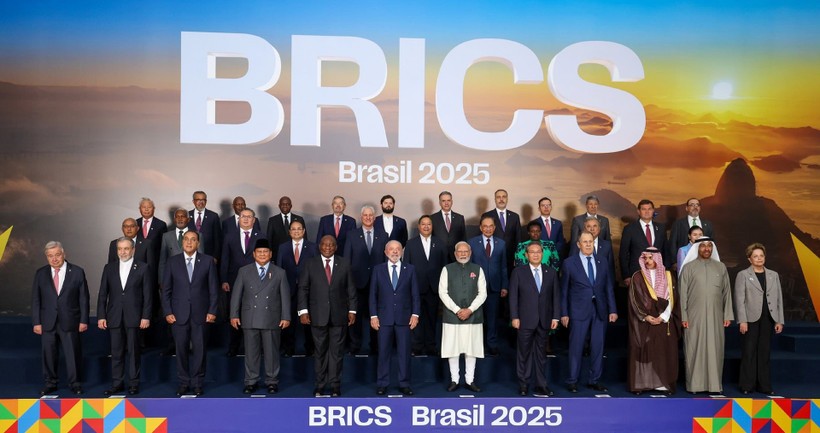 |
BRICS represents a powerful coalition of emerging economies that has gained significant geopolitical and economic relevance over the past two decades. The BRICS bloc was founded with a commitment to principles of equality, mutual benefit, and non-interference, aimed at promoting inclusive global growth. BRICS has launched key initiatives such as the New Development Bank (NDB) and the Contingent Reserve Arrangement (CRA), reinforcing its role in the global financial architecture.
The expanded 11-member BRICS nations including BRICS(Brazil, Russia, India, China, and South Africa) + Egypt, Ethiopia, Indonesia, Iran, Saudi Arabia, and the United Arab Emirates collectively has emerged as a crucial platform for South-South cooperation, enabling developing nations to collaborate on economic, financial, and technological fronts. BRICS nations operate on principles of partnership and mutual benefit; providing access to developing nations of alternative sources of finance, knowledge sharing, and joint policy advocacy.
The New Development Bank, for instance, offers infrastructure funding without imposing structural adjustment conditions. Additionally, BRICS members collaborate on diverse areas including agriculture, climate action, health, education, and digital governance. They work together in international forums to present unified positions on issues such as trade justice, climate finance, and WTO reforms. As a result, BRICS has become a powerful voice for the Global South, fostering solidarity and shared development.
During the recent BRICS Summit 2025, held in Rio de Janeiro on July 6 & 7, 2025, Prime Minister Narendra Modi strongly condemned terrorism and called for a unified global stance. In the plenary on “Environment, COP-30 and Global Health,” PM Modi emphasized climate justice as a moral imperative for the Global South and reaffirmed India’s commitment to tackling climate change as a civilizational responsibility.
India also reiterated support for strengthening the New Development Bank and BRICS Contingent Reserve Arrangement, and advocated enhanced cooperation in digital public infrastructure and resilient global supply chains. Under PM Modi’s leadership, India positioned itself as a key driver of inclusive and legitimate global governance. The share of BRICS+ group in global merchandise exports has increased from about 11% in 2000 to 23% in recent years. On the other hand, the share of the G7 group in global exports has fallen 45% in 2000 to 29% during the recent years.
According to India’s Ministry of Commerce, India’s trade with BRICS has doubled from USD 113 billionin 2018-19 to USD 226 in 2024-25 and with BRICS+ countries (including Saudi Arabia, UAE, Egypt, Ethiopia, Indonesia, and Iran) has risen from USD 250 billion in 2018-19 to USD 402 billion in 2024. This sharp growth highlights India's deepening economic engagement with the Global South and the growing strategic importance of BRICS+ in India’s foreign trade policy framework.
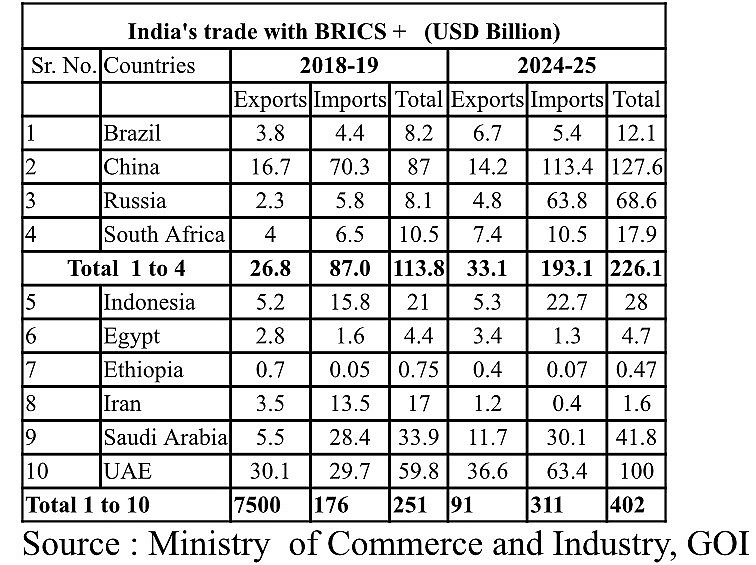 |
The major export items to BRICS countries include pharmaceutical products, engineering goods, textiles and garments, rice, and organic chemicals. Brazil and South Africa have emerged as promising destinations for Indian exports, particularly in the sectors of automobiles, healthcare, and agro-products. Russia and China continue to import a large volume of intermediate and industrial products from India. On the import side, India sources a significant share of its crude oil and natural gas from Russia and Brazil. Fertilizer imports from Russia have also increased substantially. Imports from China are dominated by electronic goods, solar panels, telecom equipment, and machinery, critical components of India’s industrial supply chain.
On the investment front, India’s economic engagement with BRICS countries has deepened over the years. Indian companies have invested significantly in Russia’s energy and defence sectors, with cumulative investments exceeding USD 12 billion. In Brazil, Indian firms have invested in agro-processing, pharmaceuticals, and IT services. South Africa has attracted Indian investments in mining, automobiles, and banking. Conversely, India has received investments from Chinese firms in sectors such as consumer electronics, fintech, and infrastructure.
Investment ties with Russia remain strong despite geopolitical constraints, and collaboration in energy, nuclear power, and strategic sectors continues. The New Development Bank, headquartered in Shanghai with India as a founding member, has approved several projects in India ranging from metro rail systems to smart cities. These initiatives reinforce India's developmental priorities while strengthening its multilateral engagements.
The New Development Bank is expected to expand its operations further, focusing on green infrastructure, renewable energy, and digital inclusion. India’s leadership in areas such as digital public infrastructure, fintech, and pharmaceuticals positions it well to be a driver of innovation within BRICS.The growing collaboration in sectors like clean energy, agriculture, education, and space technology will also pave the way for more integrated development among member nations.
The future of BRICS lies in institutional reforms, enhanced trade and investment ties, and collaborative responses to global challenges. It is likely that BRICS will pursue deeper economic integration by streamlining customs procedures, establishing supply chain partnerships, and harmonizing regulatory standards.
The BRICS can play a constructive role in addressing global issues such as climate change, pandemics, and food security. India, with its demographic advantage, technological capabilities, and diplomatic agility, is expected to lead several of these initiatives. As the global balance of power shifts, BRICS hold the potential to build a more inclusive global economic order where the voices of developing nations are not only heard but also shape outcomes.
Recommended
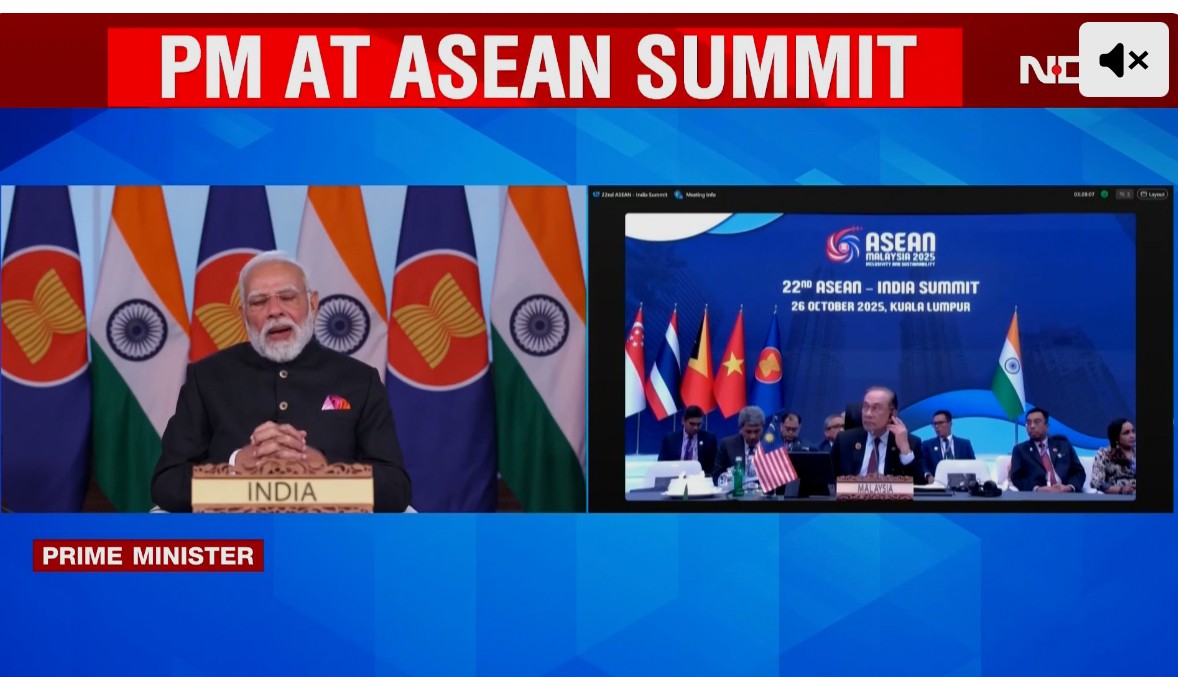 World
World
PM Modi Declares 2026 As ASEAN-India Year Of Maritime Cooperation
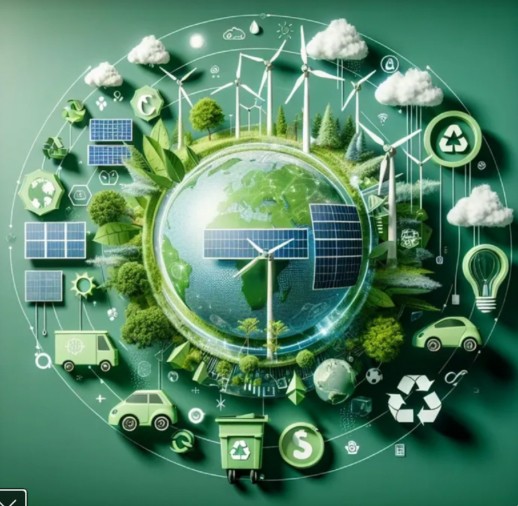 World
World
India and Africa leverage climate diplomacy
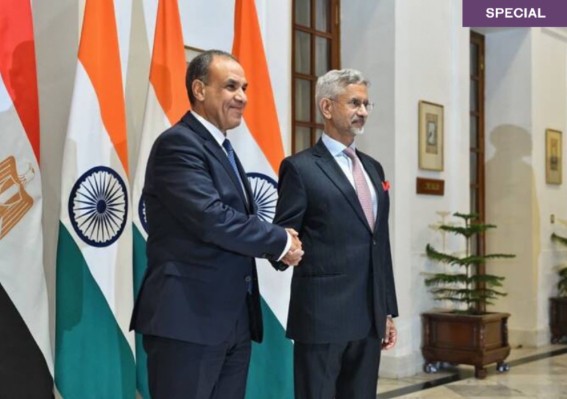 World
World
India, Egypt eye collaboration in startups, AI during first strategic dialogue
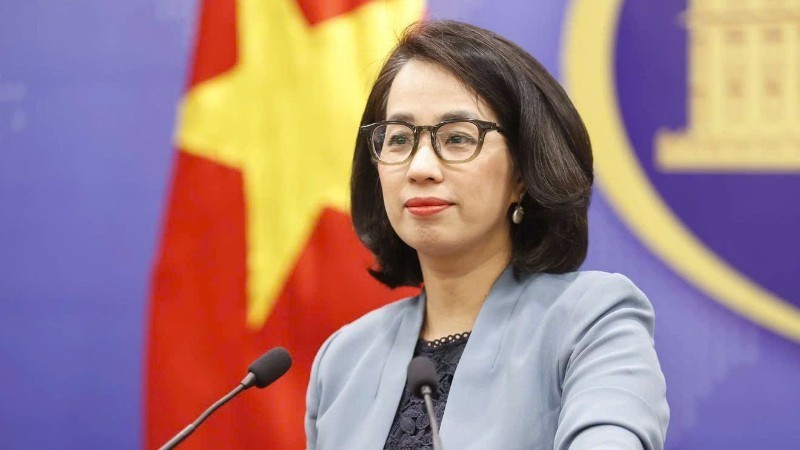 World
World
Vietnam Welcomes Israel-Hamas Ceasefire, Pledges Support for Gaza Reconstruction
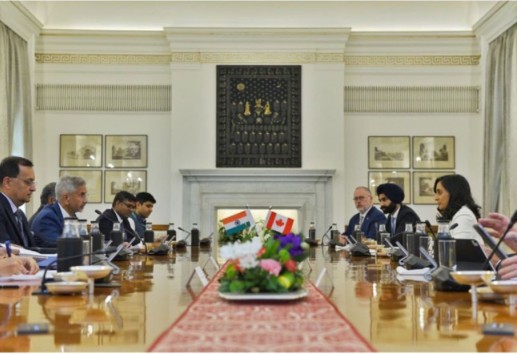 World
World
India, Canada unveil "New Roadmap" to revive strategic ties; trade, energy, climate, tech on agenda
 World
World
India, UK agree to deepen defence ties
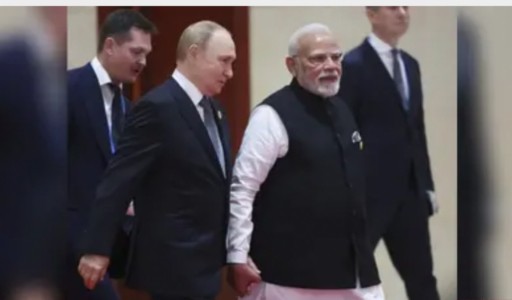 World
World
PM Modi, President Putin Discuss Strengthening India-Russia Strategic Partnership Ahead of December Summit
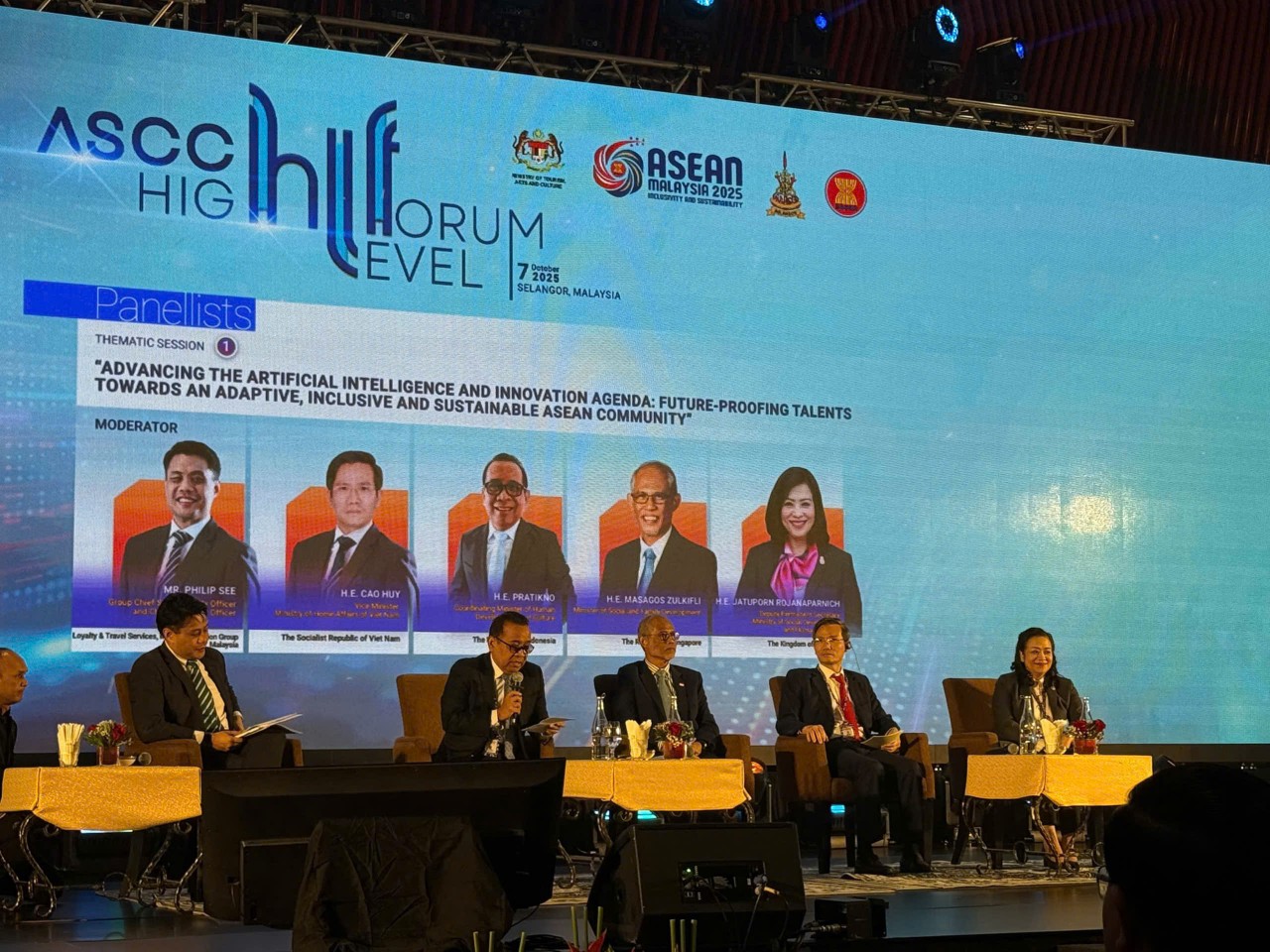 World
World
